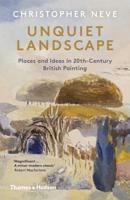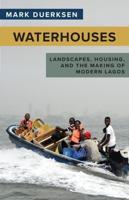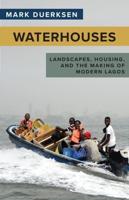Publisher's Synopsis
Climate change and development pressures are creating an urgent need to build more resilience into the ecosystems we live in and rely upon. To create such resilience, planners need to couple rural and urban areas, because they are generally part of the same landscape system in which decisions made in one area affect outcomes in another. Silicon Valley exemplifies this situation, where land-use planning in Coyote Valley, higher in the watershed, affects outcomes in the city of San José, lower in the watershed, and vice versa. This project and report is a demonstration of how planning across the urban-to-rural gradient can create positive outcomes in both areas.
This novel partnership brings together urban planning, from SPUR; rural planning, from OSA; and the best available science, from SFEI, to quantify the benefits that could be gained from integrated planning. This demonstration was placed in a realistic context by creating future scenarios with the input of stakeholders from San José and Coyote Valley through a series of planning workshops. Development pressure was included by assuming a more densely populated city in the future. The types of landscapes analyzed were drawn from San José and Coyote Valley.
The interventions that are recommended to improve the future landscape emphasize nature-based solutions. This focus is based on new research showing that natural infrastructure, like trees and wetlands, provides multiple benefits, is adaptive and resilient, and generally has low maintenance costs over time compared to traditional engineered approaches. For example, trees provide shade, carbon sequestration and storage, biodiversity support, and human health and well-being benefits. This project bridges the urban-to-rural divide to develop an approach that treats nature-based solutions as critical infrastructure central to adapting to the climate crisis and accommodating ongoing development.







